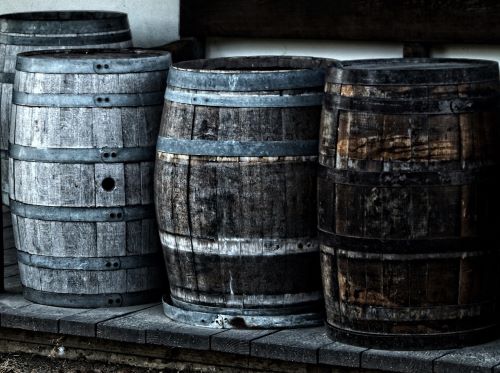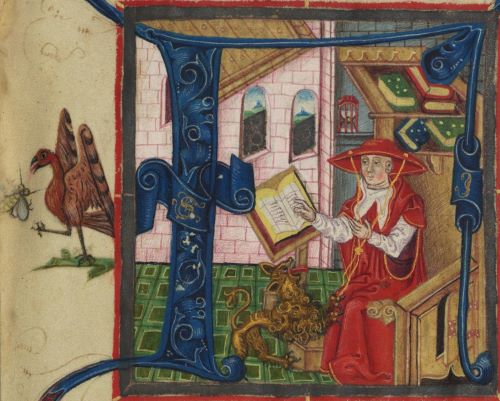

Though the history of advertising spans back as far as Ancient Egypt, perhaps the most surprising discovery is the similarities between modern marketing techniques and those used in the Middle Ages. Here are just a few examples of medieval advertising methods that are still in use today.
Freebies
Nowadays, freebies are an integral part of marketing. Whether you have a taste of free samples that you at the store or receive free items in your order due to being a loyal customer, this technique is a tried-and-tested way to entice customers into making a purchase.
But it doesn’t stop with retail – the entertainment industry uses freebies too. From free trials to getting the first few months of your subscription for free, freebies are everywhere in the modern world. In fact, even some of the best online casino bonuses are freebies, including free spins bonuses once you deposit a certain sum, a free daily shot at the jackpot, and free entry into daily cash drops and weekly giveaway competitions. This marketing ploy is a way to both give the impression that the customer is saving money, as well as allowing them to test certain products before deciding whether to make the purchase.
Now, we know that this sales technique has stood the test of time, but did you know that this was even used in medieval times? In around the 12th century, French town criers were well known for heading into local pubs and taverns to flog their wares. In order to entice the public – and probably annoy the landlord in the process – the town criers would offer free samples from wooden casks for the people to have a taste. And, if they liked it, the transaction could be made instantly, and their chosen measurement would be poured then and there.
When you are online shopping, chances are you will see personalized recommendations based on your previous purchases or websurfing. These days, this is done by collecting your data and running a complex algorithm, which allows websites to display “customers who bought this item also bought”, “you might enjoy”, or “products recommended for you” banners at the bottom of the page. However, in medieval times, this was of course much simpler, yet just as effective.
In medieval Paris, a scribe known as Herneis le Romanceur added a note at the end of his work, which acted as a kind of medieval call to action. The note, which can be found in the Giessen University Library, Germany (MS 945), roughly translates to “If someone else would like a book as attractive as this, you can find me in Paris, across the road from the Notre Dame cathedral”.
In another example, a 15th-century scribe in Holland added a note to their copy of the Old Testament of the Bible, as the only difference between different copies of the text would have been the style of the scribe and any illuminations. The message essentially says, “If you liked this version of the Old Testament, I can also make you a copy of the New Testament”. This manuscript (LTK 231) can be consulted at Leiden University Library, Netherlands.

As you can see, although the way that we utilize marketing techniques has changed over the centuries, thanks to the growth of business and technology, many of the core marketing techniques themselves have largely stayed the same since the Middle Ages.


